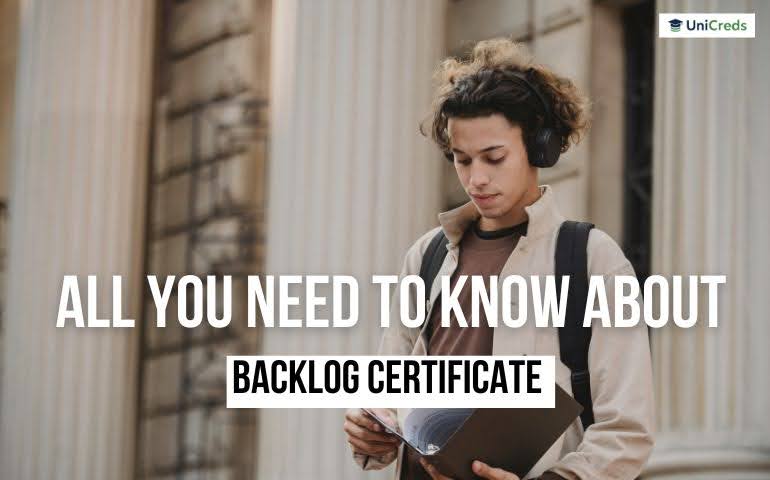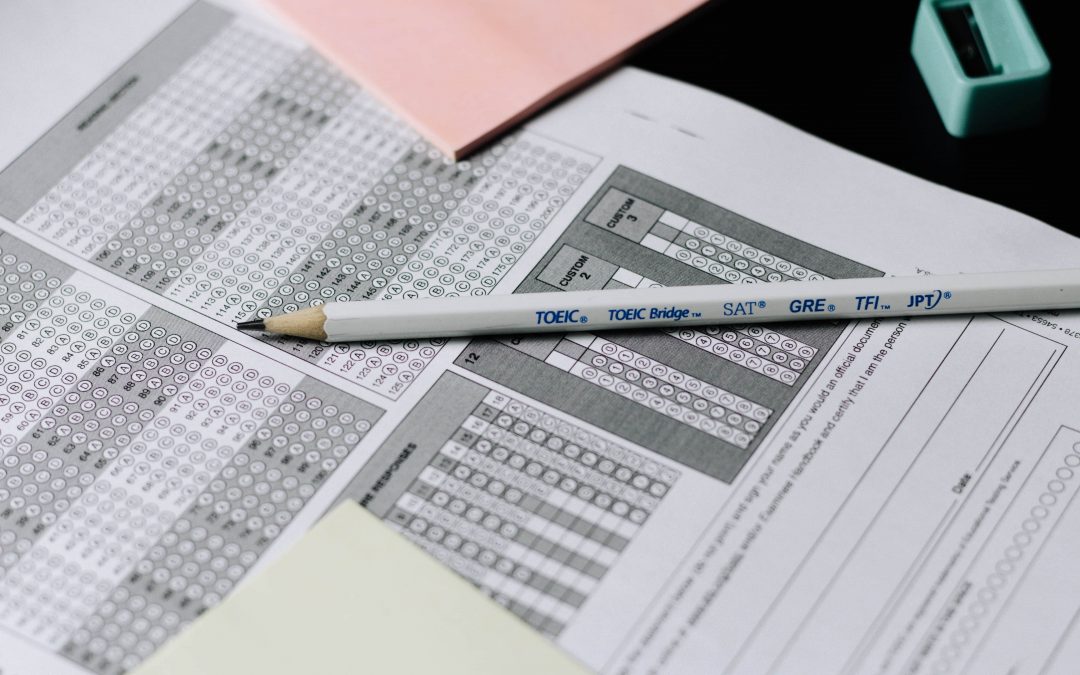Table of Contents
The e-nach mandate has been a hot topic of debate in India recently. For those who don’t know what e-Nach is, it’s an electronic version of the National Automated Clearing House (NACH) system. It’s a digital payment system that allows businesses to collect recurring payments from customers on a regular basis.
The e-nach mandate is expected to provide important features such as improved customer experience, faster payment processing times, more efficient and secure transactions, and greater flexibility for businesses. In this blog post, we’ll be exploring everything you need to know about e-Nach mandates, what they mean for businesses and customers alike, as well as the advantages and disadvantages of using them.
What is e-Nach?
E-Nach is a new government initiative in India that requires all employers to set up an electronic clearing system for employee salaries. This will help to speed up the payment process and reduce fraudulent activities. Employees will need to provide their bank account details and IFSC code to their employer, who will then set up the E-Nach system. Once set up, employees will be able to receive their salaries faster and more securely.
The initiative is being implemented by the National Payments Corporation of India (NPCI) in order to promote digital payments and financial inclusion. Employers will be responsible for setting up the system, while employees will need to provide their bank account details and IFSC code.
What Are The Benefits Of e-Nach?
There are many benefits of e-Nach, including:
1. Reduced paper usage: e-Nach eliminates the need for paper records, saving trees and other resources.
2. Faster processing: e-Nach allows for faster processing of transactions, improving efficiency.
3. Increased security: e-Nach offers increased security for transactions, as well as data storage and retrieval.
4. Accessibility: e-Nach provides anytime, anywhere access to transaction records, making it convenient for users.
5. Cost savings: e-Nach can help save on costs associated with printing, mailing, and storing paper records.
6. Automation: e-Nach can automate tasks such as document generation, payment authorizations, and more.
How To Set Up e-Nach?
Assuming you already have an account with the NPCI (National Payments Corporation of India), setting up e-NACH is pretty straightforward. Here are the steps:
1. Log in to your account and select ‘e-NACH’ from the menu.
2. Enter your Aadhaar number and registered mobile number.
3. Select the bank from which you’d like to set up the mandate, and enter your 16-digit account number.
4. Enter the amount you’d like to set as your limit, and choose the frequency (weekly, monthly, etc.)
5. Authenticate using an OTP sent to your mobile number, and accept the terms and conditions.
6. That’s it! Your e-nach mandate will be set up and you can start making payments!
What Are The Different Types Of e-Nach Transactions?
There are three different types of e-Nach transactions- paperless, direct debit, and electronic clearing house (EC).
Paperless: In this type of transaction, the biller sends you a paperless statement either through email or postal mail. You can then view your statement online and make payments accordingly. This is the most convenient option for customers as they can access their statements anytime and anywhere.
Direct Debit: In a direct debit transaction, you authorize the biller to deduct the payments directly from your bank account. This is a safe and secure way to make payments as the biller cannot overcharge you or withdraw more money than what is due.
Electronic Clearing House (EC): An EC transaction is similar to a direct debit transaction, but the payment is processed through an electronic clearing house instead of directly with the biller. This type of transaction is often used for large payments, such as utility bills or mortgage payments.
How To Use e-Nach?
There are a few simple steps you need to follow in order to use e-Nach:
1. First, identify the bills that you want to pay using e-Nach. You can do this by looking for the e-Nach logo on your bill or statement.
2. Once you have identified the bills that you want to pay using e-Nach, register for the service by providing your personal and bank details on the website of your chosen service provider.
3. After registering for the service, log in to your account and add the bills that you want to pay using e-Nach.
4. Once you have added the bills, choose the date on which you want to make the payment and confirm it.
5. Your payments will be processed on the date you have chosen and the relevant amount will be deducted from your bank account accordingly.
Conclusion
The e-Nach mandate is a great way to streamline your business and payments process. Not only does it make payments more secure, but it also simplifies the reconciliation procedure and reduces paperwork. We hope that this article has helped you understand how easy it is to set up an e-Nach mandate and the countless benefits that come with it. If you’re looking for a reliable payment gateway, consider setting up an e-Nach mandate today!
FAQs
1. What is an E-Nach Mandate?
E-NACH & e-Mandate are new payment services that allow anyone with a bank account to easily automate recurring payments.
2. Is E-Nach Necessary?
It is compulsory for any recurring payment.
3. What is the maximum amount for the E-Nach mandate?
1 Crore





![60+ Extempore Topics for Students in 2025 [Speak Confidently]](https://cdn.unicreds.com/blog/wp-content/uploads/2025/06/22121909/extempore-topics-for-students-1080x675.webp)




0 Comments